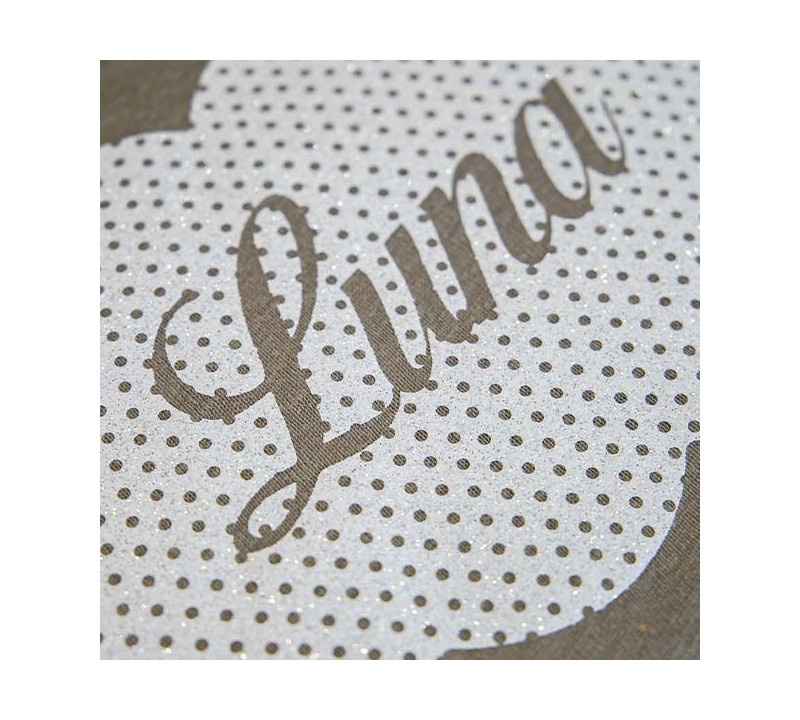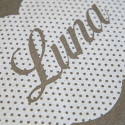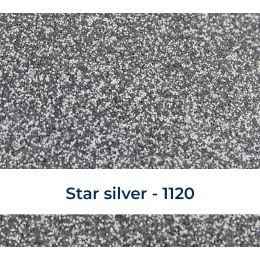Product details
Features
Composition
Polyurethane
Application time
20 seconds
Thickness
350 microns
Application temperature
160°C
Peeling
Cold
- Washing - 40°C, Hand wash
- Specific effect - Glittering
- Textile compatibility - Cotton, Polyester, Polycotton, Acrylic
- Ironing - On reverse only
Avis
Sort reviews by :
Anonymous A. the 06/09/2022 :
Bon produit













